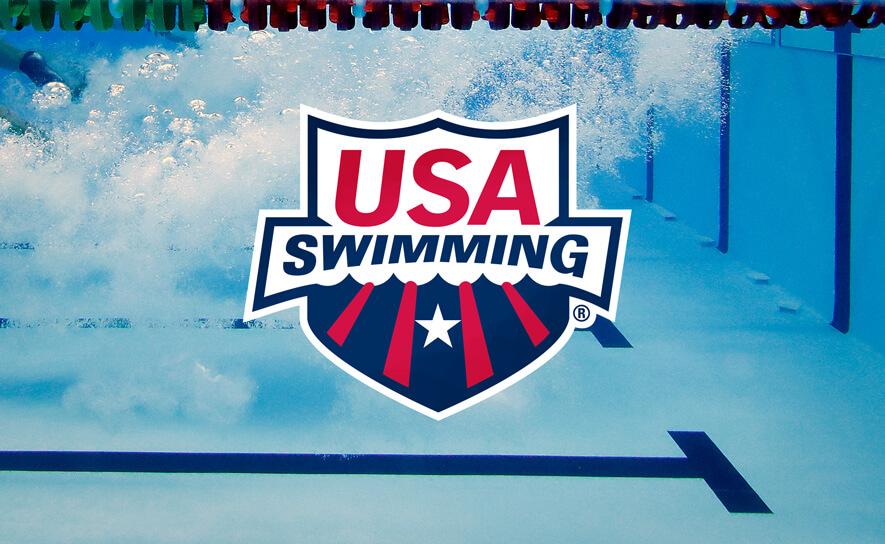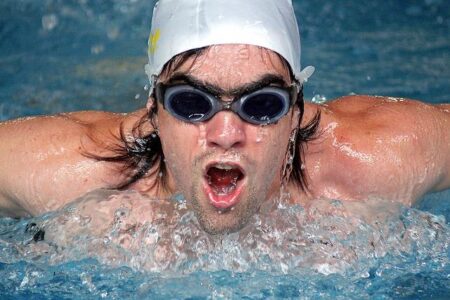USA Swimming has long been recognized for its rigorous standards and meticulous enforcement of competitive swimming rules, ensuring fairness and consistency across all levels of the sport. Among the various strokes governed by these regulations, the breaststroke stands out due to its unique technical requirements and the precision demanded of its athletes. In this article, we explore the current USA Swimming breaststroke rules, highlighting key regulations that shape competition, from start to finish. Understanding these guidelines is essential for swimmers, coaches, and fans alike, as even minor infractions can lead to disqualification and significantly impact race outcomes.
Understanding Key Technical Requirements in USA Swimming Breaststroke Competitions
Competitive breaststroke swimming in the United States demands strict adherence to technical specifications to ensure fairness and safety. Swimmers must execute a simultaneous arm pull and leg kick, moving in one horizontal plane without alternating motions. Any deviation, such as flutter or dolphin kicks (except for the permitted single downward dolphin kick after the start and each turn), can lead to disqualification. Athletes are also required to touch the wall with both hands simultaneously at each turn and the finish, emphasizing precision and timing in each stroke cycle.
Key elements are monitored closely by officials during races, focusing on:
- Body Positioning: The swimmer’s torso must remain on the breast; rolling onto the back or side is not allowed.
- Kick Mechanics: Only the whip kick is permitted. The feet must turn outward during the propulsive phase.
- Start & Turns: A legal underwater pull-down must be followed by one butterfly kick before the first breaststroke kick.
| Aspect | Requirement | Common Violation |
|---|---|---|
| Arm Movement | Simultaneous & on same horizontal plane | Asymmetrical pull |
| Leg Kick | Whip kick with feet turned outward | Flutter or scissor kick |
| Wall Touch | Two-hand touch at turns and finish | Single hand or staggered touch |
Common Rule Infractions and How Swimmers Can Avoid Disqualification
Breaststroke is one of the most technical strokes in competitive swimming, and minor infractions can quickly lead to disqualification. Swimmers often stumble on common pitfalls such as performing an illegal dolphin kick during the pullout or not achieving a simultaneous touch with both hands at the turn and finish. To stay within the rules, it’s essential to master the timing and rhythm of the stroke, ensuring that each arm pull and leg kick is executed symmetrically. Additionally, the head must break the surface of the water before the hands turn outward on each stroke cycle, a detail often overlooked under pressure.
Here’s a quick checklist swimmers can use to avoid penalties during breaststroke events:
- Simultaneous Arm Movement: Both hands must move forward together at the start, turn, and finish.
- Kick Technique: Feet must be turned outward for a proper frog kick; no scissor or flutter kicks allowed.
- Body Position: The swimmer’s head must break the surface before the hands turn outward on each stroke.
- Turn and Finish: Both hands must touch the wall simultaneously at every turn and the finish.
| Infraction | Common Cause | How to Avoid |
|---|---|---|
| Dolphin Kick Illegal | Undetected downward dolphin motion after start or turn | Focus on mastering the pullout with a single legal dolphin kick only |
| Non-simultaneous Touch | Rushed turn causing uneven hand contact | Practice slow, deliberate turns emphasizing simultaneous hand placement |
| Scissor Kick | Incorrect foot positioning or wrong muscle engagement | Drill proper frog kick techniques with coach supervision |
Expert Recommendations for Optimizing Breaststroke Performance Within USA Swimming Guidelines
Achieving peak breaststroke performance requires a fine balance between power, timing, and adherence to the strict technical guidelines set by USA Swimming. Experts emphasize the importance of mastering the pullout phase, where swimmers should streamline their glide with a powerful yet legal underwater pull and kick. Coaches recommend incorporating explosive yet controlled leg kicks, focusing on maintaining a wide and symmetrical whip kick to maximize propulsion. Equally crucial is the timing of the arm recovery, ensuring hands stay underwater until the moment of the catch, which avoids disqualifications while sustaining a smooth stroke rhythm.
Training strategies within USA Swimming’s framework also prioritize stroke efficiency alongside rule compliance. Incorporate drills that enhance the synchronization between the breathing motion and the kick-to-pull sequence, as improperly timed breaths can disrupt momentum. Below is a concise breakdown of core breaststroke optimization tips endorsed by leading coaches:
- Pullout Execution: Glide with a strong, single butterfly kick followed by a quick breaststroke kick before surfacing.
- Arm Stroke: Keep elbows higher than hands during the pull to maximize forward thrust.
- Kick Technique: Emphasize wide, circular whip kicks for better propulsion and rule compliance.
- Breath Control: Synchronize breaths just before the insweep to reduce drag and maintain rhythm.
| Focus Area | Key Tip | Rule Alignment |
|---|---|---|
| Start & Turn | Single butterfly kick underwater after push-off | Legal underwater propulsion |
| Arm Pull | Hands stay underwater until breast | Prevents disqualification |
| Kick | Whip-like, symmetrical kicks | Meets breaststroke specifications |
| Breath | Timed to minimize drag | Maintains stroke efficiency |
The Conclusion
Understanding the specific rules governing breaststroke in USA Swimming is essential for athletes, coaches, and officials alike. These regulations not only ensure fair competition but also promote safety and consistency across all levels of the sport. Staying informed about the latest updates and interpretations helps maintain the integrity of breaststroke events and supports the development of swimmers aiming to excel in this technically demanding discipline. As USA Swimming continues to refine its rulebook, all participants are encouraged to review the official guidelines regularly to stay compliant and competitive.





